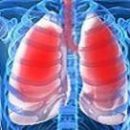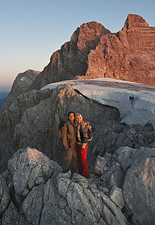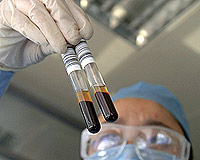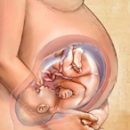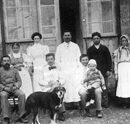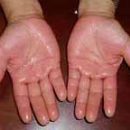Therapeutic physical culture is prescribed to the patient at the beginning of the reverse development of the inflammatory process in order to preserve the respiratory function and disability in full. Under the influence of physical exercises, no strong spikes are stretched, the soreness and surface breathing passes.
Content
Indications for the appointment of therapeutic physical education
Patients with dry or exudative pleurite at the beginning of the reverse development of the process to preserve the functions of the respiratory and disability apparatus and the treatment gymnastics is shown.
Therapeutic effect of physical exercises is manifested by an increase in blood circulation in the cavity of the pleural cavity, faster suction of the exudate, which limits the development of the moor and adek. Under the influence of physical exercises, the formed still fastened spikes stretch out that entails the disappearance of the pain in the patient, the inspiratory position of the chest, surface respiration, stiffness of movements and retains the functions of the breathing apparatus. In addition, exercise cause strengthening the body and increase its resistance.
Therapeutic gymnastics should be administered to the medical complex in the initial period of recovery, characterized by a decrease in temperature or establishing it at a subfebrile level, a decrease in the exudate and the appearance of the noise of the friction of the pleura (with an exudative pleurisite).
The presence of a patient in the affected side of the chest pain when inhaling and movement is not a contraindication to the beginning of the medical gymnastics. With the exacerbation of the process (increase in temperature, an increase in the exudate), medical gymnastics should be temporarily stopped until the inflammatory outbreak.
Method of performing exercise
A distinctive feature of the medical gymnastics techniques is an application against the background of general exercises of special exercises for the body combined with deep breathing. The most physiologically advantageous initial position is the provisions of lying and standing at which the functioning of the diaphragm during deep breathing does not make it difficult.
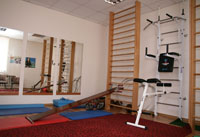 As you know, respiratory movements are most expressed in the lower departments of the chest, where exudate is asked in the pleural cavity and there is the most powerful network of lymphatic vessels. With a deep breath of the mouth of lymphatic vessels (gaps, «hatches») It is stretched, microacuums are formed, in which the pleural liquid rushes. Therefore, exercises that contribute to the maximum expansion of the chest at its lower part should be used to enhance the suction of the exudate. These exercises in combination with deep breathing contribute to the stretching of fresh steps formed mainly in the lower sections of the cavity and pleura and fixing visceral, parietal and diaphragmal pleura in various combinations.
As you know, respiratory movements are most expressed in the lower departments of the chest, where exudate is asked in the pleural cavity and there is the most powerful network of lymphatic vessels. With a deep breath of the mouth of lymphatic vessels (gaps, «hatches») It is stretched, microacuums are formed, in which the pleural liquid rushes. Therefore, exercises that contribute to the maximum expansion of the chest at its lower part should be used to enhance the suction of the exudate. These exercises in combination with deep breathing contribute to the stretching of fresh steps formed mainly in the lower sections of the cavity and pleura and fixing visceral, parietal and diaphragmal pleura in various combinations.
The resorption enhancement helps and the movement of the exudate during the exercises for the body, in which the blocking of blood circulation and lymphorage is removed. Such special exercises are exercises in extension, slopes to the side and corners of the body with simultaneous movement of hands or hands up, to the side, for the stop; Exercises with a stick, browses are the same character. The good effect gives the stuffing ball weighing 1-3 kg from the chest, due to the head, through the head, on the side (with the movement of the body), as well as the exercises at the wall or on the gymnastic wall in tense bent and t. D.
Dosage exercise. In the initial period of the course of therapeutic gymnastics for the sore, it is necessary to use lightweight exercises that are carried out with incomplete amplitudes, with a small number of repetitions of each exercise (3-4 times) at a slow pace. In the future, physical exertion gradually increase. The movements on the sore side are gradually adjusted to the full amplitude, and the number of repetitions of each exercise increases to 5-6 times. The rate of movements are adjusted to the average. Breathing exercises repeat not over 3-4 times and spend at a slow pace.

